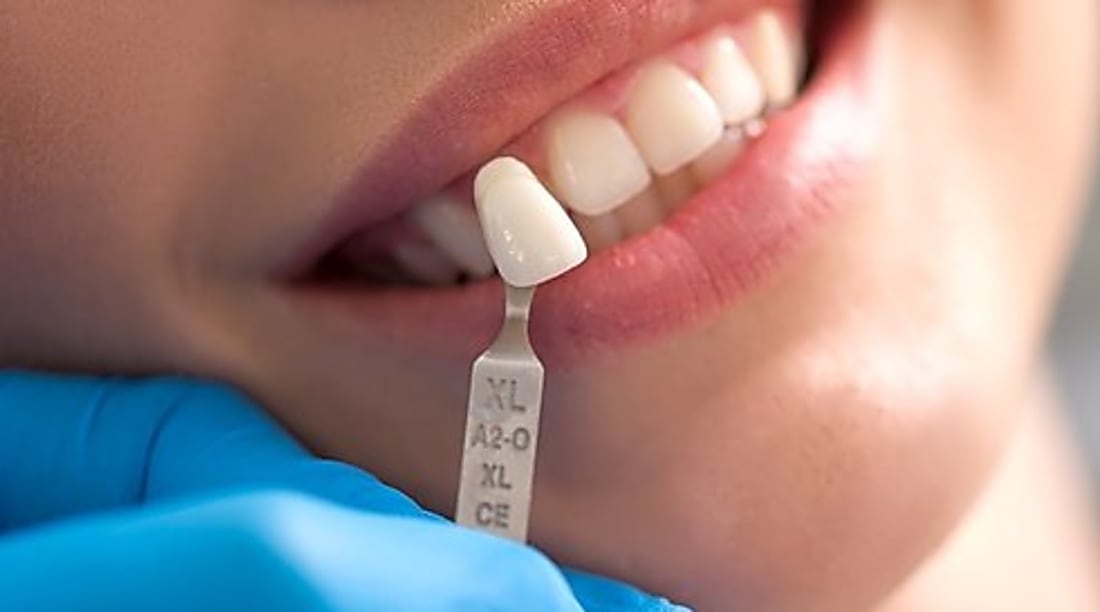Learn how dental implants work and why Aussies choose them every year
Dental implants have revolutionized modern dentistry by offering a permanent solution for missing teeth that closely mimics natural tooth structure and function. Unlike traditional dentures or bridges, dental implants integrate with the jawbone, providing stability and preventing bone loss that typically occurs when teeth are missing. Each year, thousands of Australians opt for this treatment to restore their smiles, improve their oral health, and regain confidence in everyday activities like eating and speaking. Understanding how dental implants work and the benefits they provide can help you make informed decisions about this increasingly popular tooth replacement option.

Dental implants explained: what to know before visiting your dentist
Dental implants are titanium posts surgically placed into the jawbone beneath the gum line, creating an artificial tooth root that supports replacement teeth. The implant itself consists of three main components: the titanium fixture that integrates with your bone, the abutment that connects to the implant, and the crown (the visible part that looks like a natural tooth). The titanium material is biocompatible, meaning it’s accepted by the human body without adverse reactions. This biocompatibility enables osseointegration—the process where bone cells grow around and fuse with the implant surface, creating a strong foundation. Before considering implants, patients should have healthy gums, adequate bone density to support the implant, and be committed to maintaining good oral hygiene and regular dental visits.
Find out how dental implants can restore function and natural comfort
One of the most significant advantages of dental implants is their ability to restore natural oral function. Unlike removable dentures that can slip or cause discomfort when eating, implants function just like natural teeth. They provide nearly 100% of the chewing efficiency of natural teeth, allowing patients to enjoy foods they might have avoided with dentures. Implants also eliminate the speech difficulties that sometimes accompany dentures. Because they’re fixed in place, there’s no risk of them moving while speaking, which helps patients articulate clearly and confidently. The comfort factor is another major benefit—dental implants feel like part of your mouth rather than a foreign object, and many patients eventually forget they have implants at all, which is perhaps the highest testament to their natural feel and function.
Dental implants in Australia: your guide to treatment and procedure
In Australia, dental implant procedures typically involve several stages spread over three to nine months. Initially, your dentist will conduct a comprehensive evaluation including dental X-rays, 3D scans, and medical history assessment to determine if you’re a suitable candidate. The first surgical procedure involves placing the implant in the jawbone, after which a healing period of three to six months follows to allow for osseointegration. Once healing is complete, the second phase begins with the attachment of the abutment to the implant. After the gum tissue heals around the abutment (usually within two weeks), impressions are taken to create the final crown. Finally, the custom-made crown is attached to the abutment, completing the restoration. Australian dental practices follow strict sterilization and safety protocols, and many clinics use computer-guided implant surgery for greater precision and reduced recovery time.
Thinking about dental implants? Understand the process step by step
The journey to dental implants begins with an initial consultation where your dentist evaluates your oral health and discusses treatment options. If bone density is insufficient, preliminary procedures like bone grafting or sinus lifts may be necessary to create a stable foundation for the implant. The implant surgery itself is typically performed under local anesthesia and is generally less painful than many patients expect. After the titanium implant is placed, the healing period begins, during which you’ll likely be given temporary restorations so you won’t have visible gaps. Once osseointegration is complete, the dentist takes impressions for creating the permanent crown. The final step involves attaching the custom crown to the abutment, with your dentist making any necessary adjustments to ensure proper fit and bite alignment. Follow-up appointments will monitor your implant’s integration and address any concerns.
Your essential guide to dental implants and modern tooth replacement
Modern dental implants offer several advantages over traditional tooth replacement methods. With proper care, dental implants can last a lifetime, unlike bridges which typically need replacement every 5-10 years. Implants also help preserve facial structure by preventing the bone deterioration that occurs when teeth are missing. This bone preservation maintains facial contours and prevents the sunken appearance often associated with long-term denture use. Another significant benefit is that implants don’t require altering adjacent teeth, as is necessary with traditional bridges. Technological advancements have further improved implant procedures, with options like immediate-load implants (“teeth in a day”) available for qualifying patients. Digital planning software, 3D printing of surgical guides, and CAD/CAM technology for creating precise restorations have all contributed to more predictable outcomes and shorter treatment times.
Dental implant costs and options in Australia
Dental implant treatment in Australia represents a significant investment in oral health, with costs varying based on several factors including location, dentist expertise, and case complexity. A single tooth implant typically ranges from $3,000 to $6,500, covering the implant, abutment, and crown. More complex cases involving multiple implants, bone grafting, or full arch restorations can range from $15,000 to $30,000 per arch.
| Procedure Type | Average Cost Range | What’s Included |
|---|---|---|
| Single Tooth Implant | $3,000 - $6,500 | Implant, abutment, crown |
| Multiple Tooth Implants (2-3 teeth) | $6,000 - $15,000 | Implants, abutments, crowns |
| All-on-4 Implants (full arch) | $20,000 - $30,000 | 4 implants, complete arch prosthesis |
| Bone Grafting (if required) | $500 - $3,000 | Grafting material, procedure |
| 3D CT Scan | $250 - $500 | Diagnostic imaging |
Prices, rates, or cost estimates mentioned in this article are based on the latest available information but may change over time. Independent research is advised before making financial decisions.
While dental implants represent a higher initial investment compared to other tooth replacement options, many Australians find the long-term benefits justify the cost. Some private health insurance extras cover may provide partial reimbursement for implant procedures, though coverage varies significantly between providers. Many dental practices also offer payment plans to make treatment more accessible.
Dental implants have transformed restorative dentistry by providing a solution that closely replicates natural teeth in both appearance and function. Their increasing popularity among Australians reflects their high success rate, durability, and the significant improvement they bring to quality of life. While the process requires patience and investment, the long-term benefits of preserved facial structure, improved oral health, and renewed confidence make implants an appealing choice for those with missing teeth. As with any dental procedure, success depends on careful planning, skilled implementation, and diligent aftercare—making the partnership between patient and dental professional essential throughout the implant journey.
This article is for informational purposes only and should not be considered medical advice. Please consult a qualified healthcare professional for personalized guidance and treatment.




